
Combining entanglement entropy with holography
In 2010, Perimeter researchers made a powerful new connection between quantum gravity and quantum information, with implications that are still rippling through both fields.
Here’s the background: in 2006, Japanese physicists Shinsei Ryu and Tadashi Takayanagi took a concept from quantum information theory known as entanglement entropy – a way to quantify the extent of quantum correlation between two subsystems – and applied it in an untried scenario: the AdS/CFT correspondence. AdS/CFT can be thought of as a ‘toy model universe’ where gravity and quantum field theories play unusually nice together. A 2D field theory on the boundary of such a universe is mathematically equivalent to a 3D description of gravity within that universe. One acts like a ‘hologram’ of the other.
Ryu and Takayanagi suggested that in AdS/CFT, there is a relationship between the entanglement entropy of the field theory and the geometry of the associated spacetime.
Four years later, Robert Myers, who holds the BMO Financial Group Isaac Newton Chair in Theoretical Physics at Perimeter, along with postdoctoral researcher Aninda Sinha, formulated a more concrete version of the conjecture. While evaluating the ‘central charges’ of the boundary theory in AdS/CFT, the pair realized that they were actually doing a calculation of entanglement entropy in the boundary theory.
Intrigued, they investigated the implications of this discovery in the context of renormalization group (RG) flows. RG flows are a way to transition from one theory to another as energy scales change, since any given field theory may only be effective within a certain energy level.
They found that the field theory properties calculated with entanglement entropy would take on a different value at the other end of the RG flow. This has significant implications for high energy physics and for how we understand the duality between quantum fields and gravity.
The result ran contrary to prevailing beliefs at the time, attracting a great deal of interest and launching a flurry of new work by experts around the world. The three-dimensional version of the conjecture, known as the F-theorem, was proven within two years.
Myers’ and Sinha’s insights have permanently altered the field. The work demonstrated the important role entanglement entropy plays in the field of high energy physics. Entanglement is a distinguishing feature of the quantum world – in quantum information, it is a key resource for ultra-fast computation and communication, while in condensed matter, it is key to many exotic materials and phenomena. Myers and Sinha built a conceptual bridge connecting quantum field theory, gravity, quantum information, and condensed matter. This work established a flourishing new field where techniques from quantum information are being used to tackle longstanding questions on the unification of general relativity with quantum theory.
R.C. Myers and A. Sinha, “Holographic c-theorems in arbitrary dimensions,” JHEP 1101 (2011) 125 [arXiv:1011.5819 [hep-th]].;
R.C. Myers and A. Sinha, “Seeing a c-theorem with holography,” Physical Review D 82 (2010) 046006 [arXiv:1006.1263 [hep-th]].
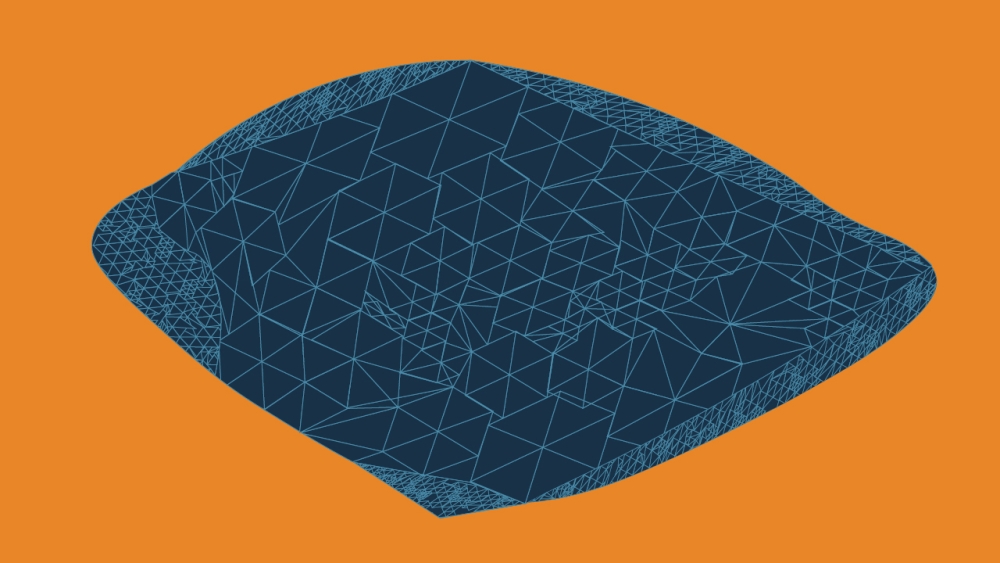
Reviving the S-matrix bootstrap
Quantum field theories (QFTs) are mathematical frameworks that describe the behaviour of elementary particles like electrons, quarks, and photons. Many physicists seek to understand particle behaviour by exploring specific QFTs in detail. Yang-Mills theory, for example, is a category of QFT that underlies the Standard Model of particle physics, while conformal field theories have special symmetries that help explain phase transitions in nature.
But there are other approaches to understanding nature. Perimeter Institute’s Pedro Vieira, who holds the Clay Riddell Paul Dirac Chair in Theoretical Physics, is at the centre of an effort to explore not a single QFT, but rather to map out the space of all possible QFTs consistent with the known laws of physics.
The inspiration for this approach has its roots in a 1960s era physics program led by Geoffrey Chew, who sought a method to understand what was happening inside a collider when particles collide by looking at the probability of obtaining certain outcomes from a collision (the ‘scattering amplitude’). Chew’s ‘bottom-up’ approach examined all the possible interactions that might make up the aftermath of a collision: the ‘Scattering matrix’ or ‘S-matrix.’ Chew’s program saw a major success by predicting the mass of the rho meson in 1961. It was largely set aside, however, as a powerful new theory called quantum chromodynamics was developed that better handled the complex physics of the Strong Force (which binds the nuclei of atoms together).
But the S-matrix bootstrap was never entirely abandoned. Physicists Alexander Polyakov, Alexander Belavin, and Alexander Zamolodchikov used it to explore conformal field theories in the 1970s, for example. Viera brought the bootstrap approach back into the spotlight in 2011, organizing a “Back to Bootstrap” conference to get the ball rolling, and it has led to more than a decade of progress.
In particular, the bootstrap has proven to be valuable for studying field theories involving massive particles (unlike the conformal field theories examined in the 1970s). Alongside Miguel Paulos, João Penedones, Perimeter PhD student Jonathan Toledo, and Balt van Rees, Vieira set about carving out the space of possible S-matrices, narrowing down the list of all possible massive 2-dimensional QFTs in 2016. Since then, Vieira and collaborators have been studying massive higher-dimensional QFTs in 2017, real-world pions in 2018, and two-dimensional flux tube theories with massless goldstone particles in 2019. Since 2020, Vieira, Guerieri, and Penedones have been tackling massless particles in higher dimensions, where the space of theories for massless pions was defined.
An important milestone was recently obtained by applying the program to the ambitious problem of carving out the space of possible ultraviolet completions of general relativity. They hope to discover, in other words, what the “theory of everything” that takes over from general relativity at high energies looks like. Their results show that string theory occupies nearly all the allowed theory space – not more and not less. Whether this intriguing observation is a hint of the uniqueness of string theory remains to be seen by addressing lower-dimensional problems with less supersymmetry.
M. Paulos, J. Penedones, J. Toledo, B. van Rees, P. Vieira, “The S-matrix bootstrap. Part I: QFT in AdS,” J. High Energy Phys. 1711 (2017) 133, [arXiv:1607.06109] INSPIRE TOPCITE 50+.;
M. Paulos, J. Penedones, J. Toledo, B. van Rees, P. Vieira, “The S-matrix bootstrap. Part II: Two-dimensional amplitudes,” J. High Energy Phys. 1711 (2017) 143, [arXiv:1607.06110].;
J.E. Miro, A.L. Guerrieri, A. Hebbar, J Penedones, P. Vieira, “Flux Tube S-matrix Bootstrap,” Phys. Rev. Lett. 123 (2019) 221602, [1906.08098].;
S-matrix bootstrap for effective field theories: Massless pions, Andrea L. Guerrieri, João Penedones and Pedro Vieira, J. High Energ. Phys. 2021 (2021) 88, [2011.02802 [hep-th]].;
Where is string theory in the space of scattering amplitudes? Andrea Guerrieri, João Penedones and Pedro Vieira, Phys. Rev. Lett. 127 (2021) 081601, [2102.02847 [hep-th]].
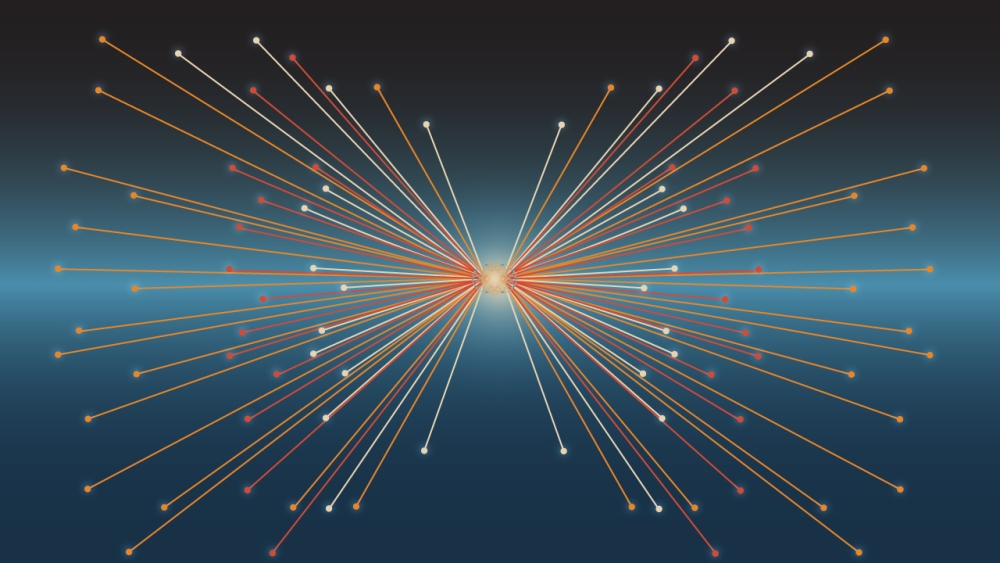
The CHY formalism for scattering amplitudes
Scattering amplitudes are a vital tool in the physicist’s toolbelt for understanding the behaviour and interactions of subatomic particles. They show the probability of certain outcomes as particles collide and interact, and define the “S-matrix” of an interaction: the probability of a particle scattering from one state to another.
Scattering amplitudes are usually calculated using Feynman diagrams – simple and intuitive charts that map particle collisions. However, Feynman diagrams quickly become unwieldy when trying to understand many particle interactions at once.
The Cachazo-He-Yuan (CHY) formalism provides a novel, wildly successful alternative to Feynman diagrams. It is ultimately mathematically equivalent, providing the same ability to compute scattering amplitudes, but achieves this through an entirely different method.
Perimeter faculty member Freddy Cachazo, Perimeter postdoctoral researcher Song He, and Perimeter graduate student Ellis Ye Yuan developed the CHY formalism in 2014. Their work gave rise to a novel formulation of the S-matrix of various different theories and their associated particles, such as general relativity (gravitons), Yang-Mills theory (gluons), the non-linear sigma model (pions), and the Dirac-Born-Infeld model of electrodynamics (DBI photons).
The CHY formalism turns some difficult proofs of properties of amplitudes into simple, linear algebra exercises. Some such properties include The “Kawai-Lewellen-Tye (KLT)” relations and the “Bern-Carrasco-Johansson (BCJ)” double copy relations. KLT expresses graviton amplitudes as a sum over products of pairs of gluon amplitudes. In fact, new KLT-like relations have been found using the CHY formulation. For example, Galileon amplitudes – Galileons are theorized scalar fields that modify gravity locally – can be expressed as a sum over products of pairs of pion amplitudes.
The CHY paper sparked a large amount of productive new research, taking the field in surprising new directions. It has had ramifications for the Standard Model of Particle Physics, as well as purely mathematical research related to cluster algebras and tropical geometry – and brought into being new results that were considered out of reach in the very recent past.
F. Cachazo, S. He and E. Yuan, “Scattering of Massless Particles in Arbitrary Dimensions,” Phys.Rev.Lett. 113 (2014) no.17, [arXiv:1307.2199 [hep-th]].
More Turning Points:
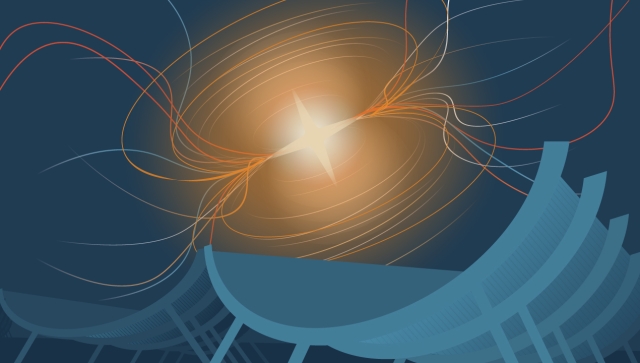
Cosmology

Mathematical Physics
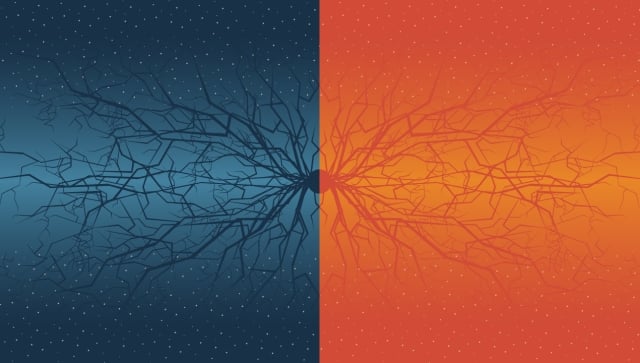
Particle Physics

Quantum Foundations
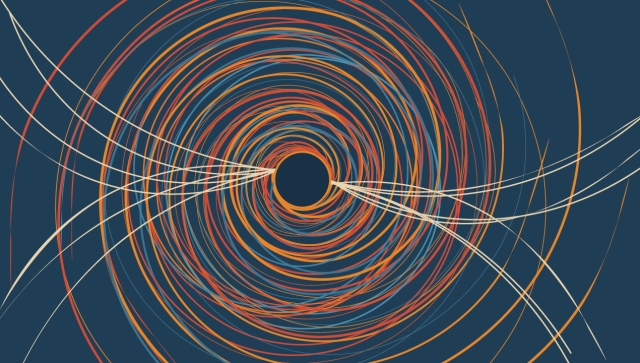
Quantum Fields and Strings

Quantum Gravity

Quantum Information

Quantum Matter

